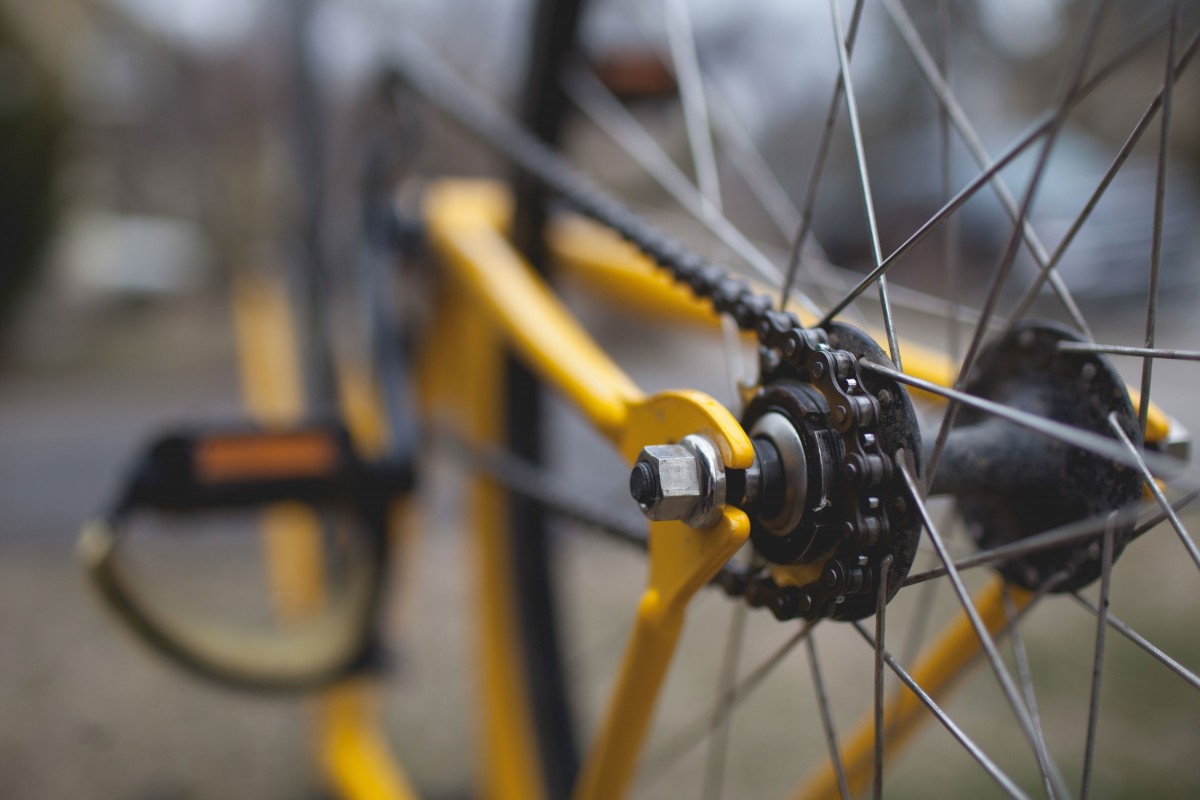 When you look at illustrations of the history of the invention and evolution of wheels, the first stage is likely to be a picture of serendipitous finding by a prehistoric human or hominid that you can roll heavy objects over logs of wood. In the comic strip Flintstones®, the vehicle has logs of wood as wheels. The evolution continues to disc wheels and then solid spoked wheels, wheels with steel rims, and wheels with pneumatic tyres – tyres having tubes filled with pressurised air, and so on. Wheels have been used for so long that the idiom ‘reinventing the wheel’ is used pejoratively to mean putting effort to devise a solution, unaware that the same solution has already been devised by someone else. However, sometimes, wheels have indeed been reinvented with advantage!
When you look at illustrations of the history of the invention and evolution of wheels, the first stage is likely to be a picture of serendipitous finding by a prehistoric human or hominid that you can roll heavy objects over logs of wood. In the comic strip Flintstones®, the vehicle has logs of wood as wheels. The evolution continues to disc wheels and then solid spoked wheels, wheels with steel rims, and wheels with pneumatic tyres – tyres having tubes filled with pressurised air, and so on. Wheels have been used for so long that the idiom ‘reinventing the wheel’ is used pejoratively to mean putting effort to devise a solution, unaware that the same solution has already been devised by someone else. However, sometimes, wheels have indeed been reinvented with advantage!
I am not talking of the curious case of the “innovation” patent granted for a wheel by the Australian patent office! You can read a little about it here: https://tinyurl.com/bd6w6pbz. Instead, I am talking of the return of the disc wheel which may appear almost counter intuitive and sound like regressive evolution!
The effort in competitive cycling has been to make the equipment and the rider more and more aerodynamic. The riding position, rider’s clothing, the helmet, and the cycle, have all been and are being modified to achieve aerodynamic advantage. Some of the things done to achieve aerodynamic advantage may appear to border on the absurd. One checklist lists the following: tape over shoelaces, shave the legs, smooth nylon socks, one-piece skinsuit with short sleeves and legs and so on apart from the advice – disc front wheel and disc back wheel.
In this endeavour the characteristics of the wheel has undergone so many innovations and modifications that we can say that the wheel has been reinvented many times. The design of spokes had garnered much attention too and their number, shape, their cross section, have all undergone changes. In the evolution of the wheel, it was found that a disc wheel can offer great advantages. However, it is limited to indoor use or velodrome use because a cross wind can sweep the cycle away from underneath the rider! Also, disc wheels are expensive but are prone to damage on an uneven surface. Hence, a velodrome is the safest surface to use them on.
The development of newer materials such as ceramic and carbon composites have made the disc wheels far more attractive since they make them lighter and stronger. Apart from all this, it is also possible to add surface features to the disc wheels, such as small bumps, called pimples, which make the wheels more aerodynamic. The purpose of the surface features is to create a turbulent boundary layer when the wheel travels through air and thereby reduce aerodynamic drag on the wheel.
The Cooperative Patent Classification (CPC) associated with disc wheels is B60B3/00. That, however, is for all kinds of disc wheels and wheel discs. So, a search for disc wheels for bicycles must be a combination of CPC and key words or a combination of CPCs.
Here is a good example of a patent around a disc wheel that may be made of composite materials and also has surface features for reducing drag: https://tinyurl.com/3sfyhty9.



